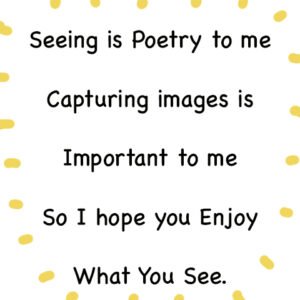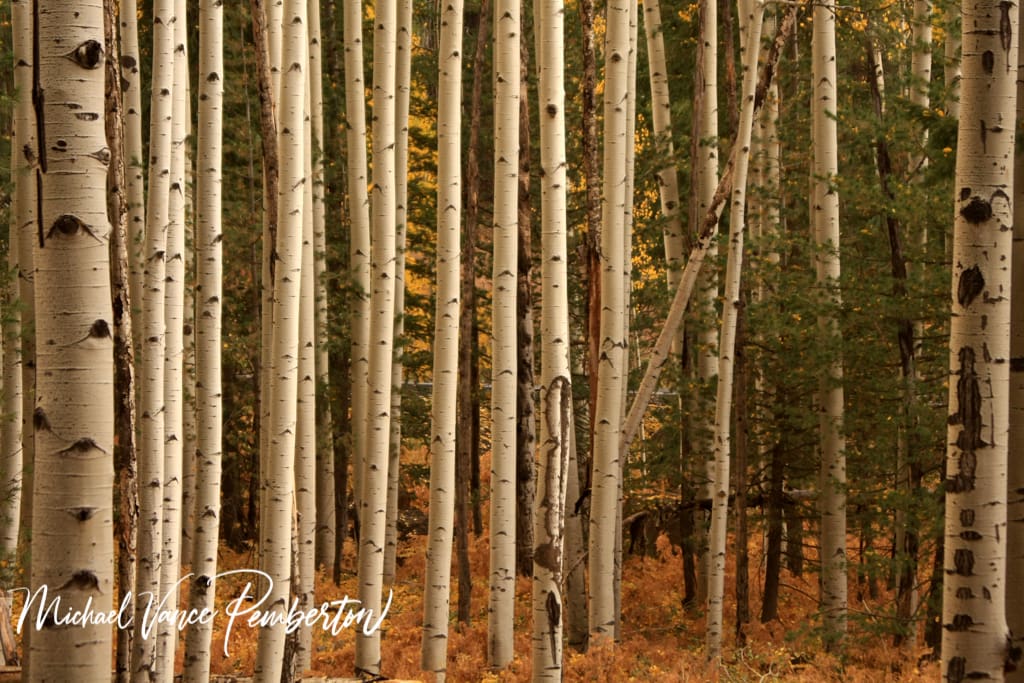
I spent a lot of time discussing this with a fellow photographer friend of mine. His conclusion was to shot raw to get the most out of your camera. I agree whether you are a pro or your hobby. I believe we all strive to take great photos.
Shooting in RAW vs Jpeg what’s the difference.
What does it mean when someone asks, “Are you shooting in RAW or JPEG mode?”
What you actually want to know, “Is your digital camera capturing your images as a RAW file or a JPEG file?” When you take a picture with your camera in the RAW mode option, it captures ALL of the data from your camera’s sensor. RAW files included a large variety of information about your image, making many editing adjustments available. When you shoot in JPEG mode, you have less information available, so you are limited when editing your images.
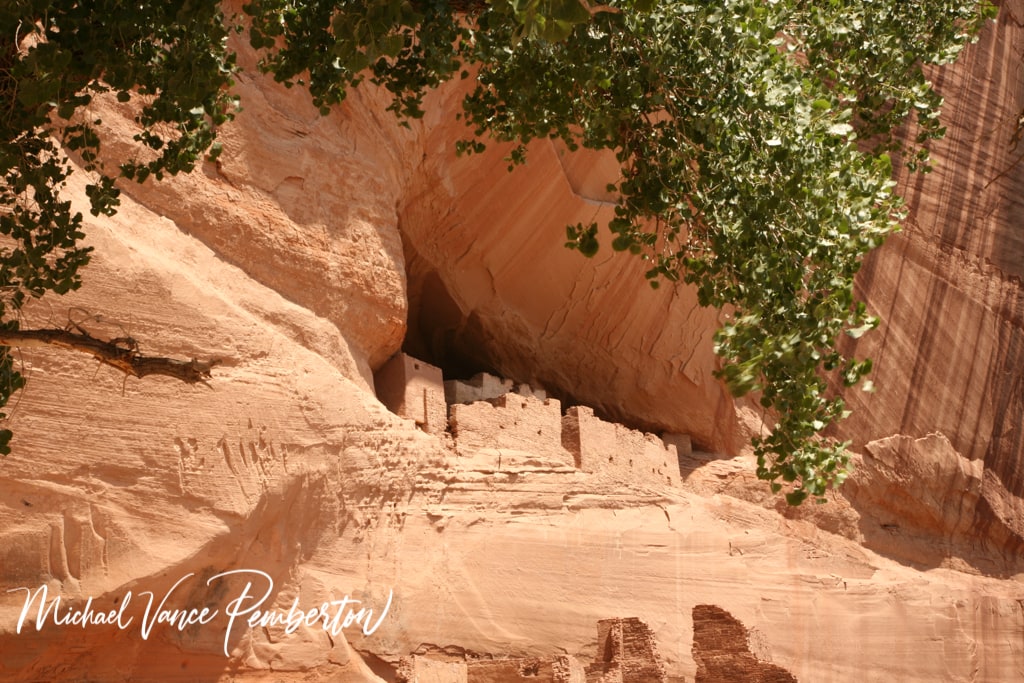
What are the benefits when shooting in RAW mode?
One of the many benefits is higher-quality images, whether it is a digital or a print image. You receive incredible detail when shooting in RAW. With the proper software, it is simple to make adjustments to your images. Under or overexposure, sharpness, noise, and white balance are just a few of the modifications you have control over.
To me, the significant benefit when shooting in RAW mode is that your digital camera captures all of the data it receives from your camera’s sensor. Your camera will not discard any information like it does when shooting in the JPEG mode. The RAW mode will give you the highest quality image to work with, and you’ll be able to create the best visual image possible. That is always the primary goal when I’m taking pictures. I want to create the best view of the image. Shooting in RAW mode will help you with that.
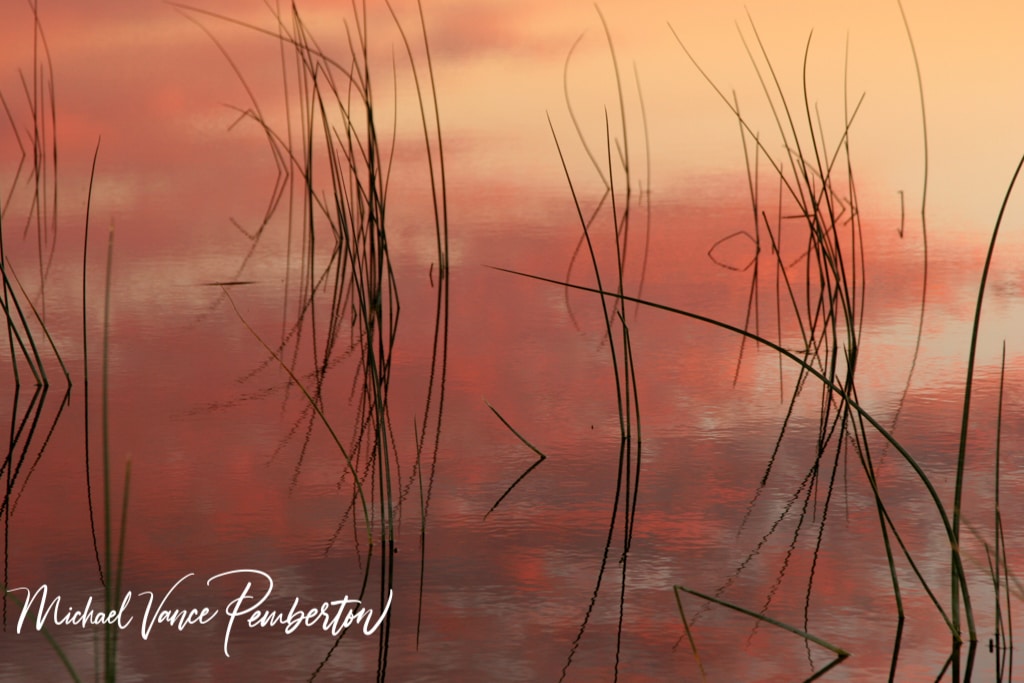
What are the benefits when shooting in JPEG mode?
The main benefit when shooting in JPEG mode is that your camera will take care of most of the processing of the image for you. You take the picture, and the camera will set the white balance, sharpening, tone, curve, color saturation, and apply these to the final image. JPEG mode will help cut down on time when processing your images on your computer or laptop.
Another benefit is being able to have rapid succession burst shooting. Plus in JPEG mode, the file size is a lot smaller than a RAW file.
Shooting in JPEG mode also allows you to instantly share your images on social media accounts like Twitter, Instagram, Facebook, etc.
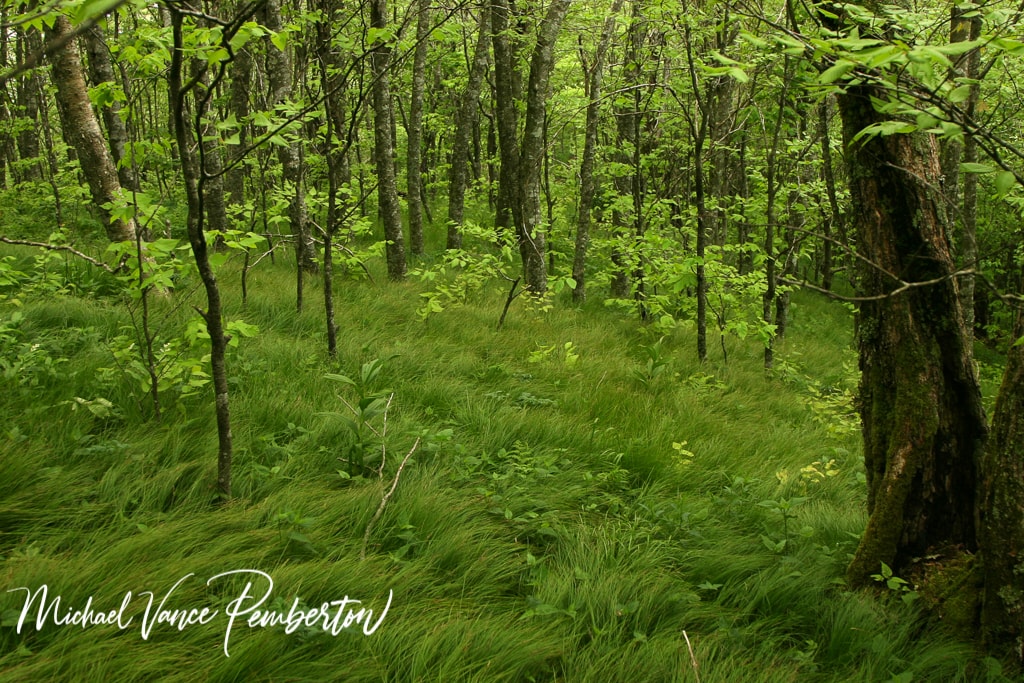
What are the drawbacks when shooting in RAW mode?
The major drawback when shooting in RAW mode is your file size. Your file is going to be three or more times bigger than JPEG mode. Using RAW mode means you will fill up a memory card, even a large one, pretty quickly.
I discovered this the hard way when I was in the Smoky Mountains National Park with my aunt Kathey and cousin Bubba. I was trying to photograph a lightning storm, and I ran out of space on my memory card. I was frantically deleting, deleting, deleting, so I could take more pictures. Of course, I missed the lighting storm.
Using RAW mode will also fill up your camera’s buffer quicker than if you were shooting in JPEG mode. The large RAW image file size affects your frames per second because your camera is waiting to write to the memory card.
Another thing about shooting in RAW mode is you will have to get familiar with things like contrast, saturation, and other details like sharpness when editing your images. These changes add more time to your workflow when editing pictures.
What are the drawbacks when shooting in JPEG mode?
You will have some loss of detail in your images, meaning your pictures will probably look a little grainy. You can tell when it comes to the loss of detail when looking at an image blown up. You have fewer color options; this means you will be limited when it comes to the range of colors and tones.
If your image is overexposed or underexposed, you won’t be able to really make a difference when shooting in JPEG mode.
When I started taking digital pictures with a Canon 40D, my first digital camera; I only shot in JPEG mode. I wish now I would have shot in the RAW mode because there are so many pictures I would like to edit and fine-tune. My lack of knowledge and understanding back then has helped me to learn more to improve my photography abilities today.
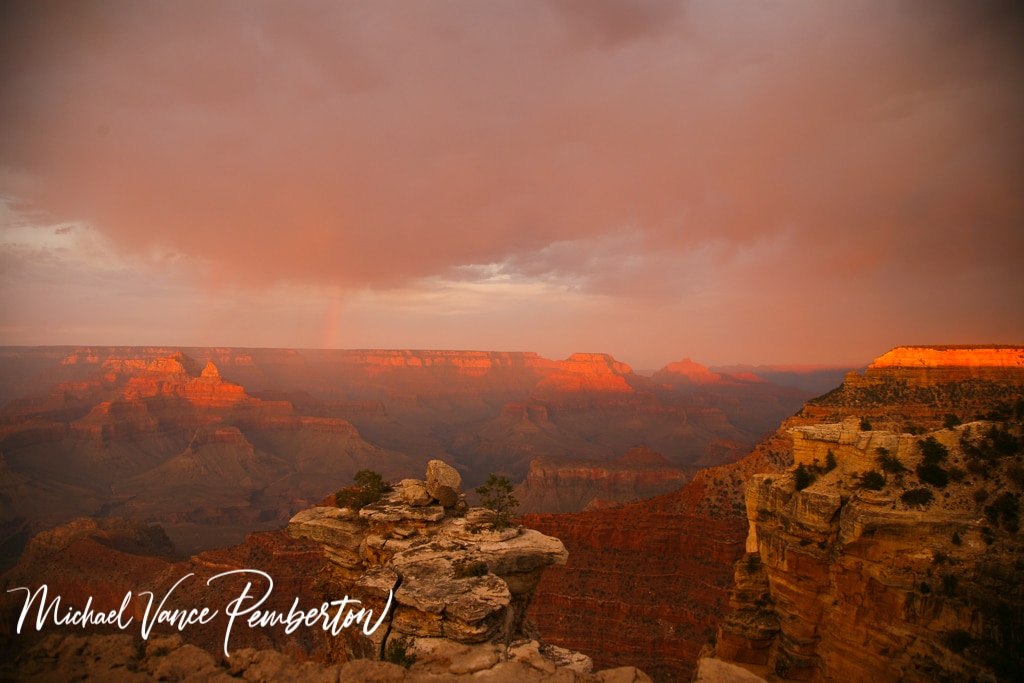
I was visiting the South Rim of The Grand Canyon National Park with my aunt Kathey and we spent over a year there in our travels. There was a gigantic thunderstorm brewing in the canyon, and the color in the sky was incredible. Imagine! There was lightning everywhere, and it was striking close to where we were standing! People all around us ran to take cover! My aunt Kathey and I hunkered down underneath an overhang of rocks and continued to shoot. We were taking as many pictures of this incredible light show as feasibly possible.
The weather displayed two rainbows over the canyon! I remember I was super excited about taking pictures, not even thinking about the dangers involved. When I look back at the images I shot in JPEG mode, boy do I wish I would have shot them in RAW. There are issues with my images I would be able to improve if I had shot them in RAW mode.
JPEG versus RAW mode is the difference between an Okay image versus an incredible looking picture. My Grand Canyon pictures are good, but they aren’t great.
What other types of file formats are there?
DNG ( Digital Negative File) is Adobe’s priority image standard. It was created to store image data in a generic format. RAW mode formats would be specifically based on manufacturer and camera type.
TIFF ( Tag Image File Format) is the format graphic designers use when storing raster graphics and are used in the publishing industry and by some photographers.
GIF ( Graphics Interchange Format) is the format for images where you need both animated and static images. GIF images are preferrable on web pages due to the quicker load speeds.
PNG ( Portable Network Graphics) is uncompressed raster images mostly used for transferring files on the internet. PNG format is not for professional print quality graphics.
Photography Editing Software
Adobe Lightroom
Skylum Luminar
Adobe Photoshop
Capture One
On1 Photo Raw
Corel Paintshop Pro
Gimp
Canva
PicMonkey
Pixlr Editor
Conclusion:
If photography is just a hobby for you and modifying the images is not important, I wouldn’t worry too much about shooting in RAW or JPEG mode. If you’re looking to become a professional photographer definitely shoot in RAW mode, it gives you so much more opportunity to create some fantastic photographs. No matter what you decide, go out, have fun, and take some great pictures.


Recent Posts
Aviation has always captivated the human imagination, embodying the spirit of adventure and pushing the boundaries of what's possible. Among the many narratives woven into the tapestry of aviation...
In the tapestry of time, a road unfurls,Where echoes of the past may softly swirl.Yet, let not the rear view mirror bind,For in the forward gaze, new worlds we find. The present whispers, a...
